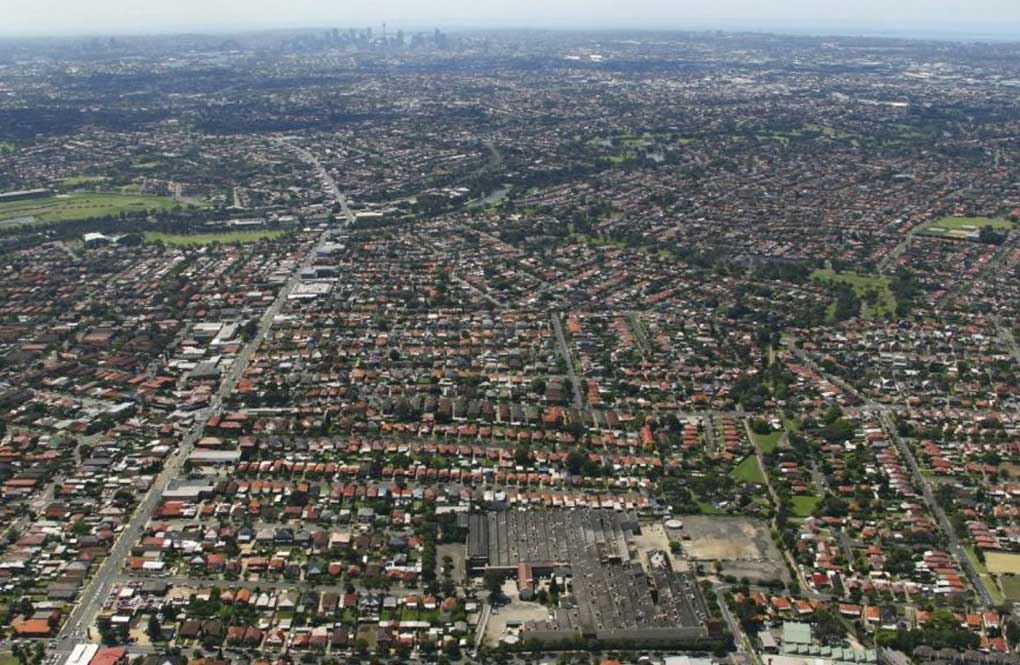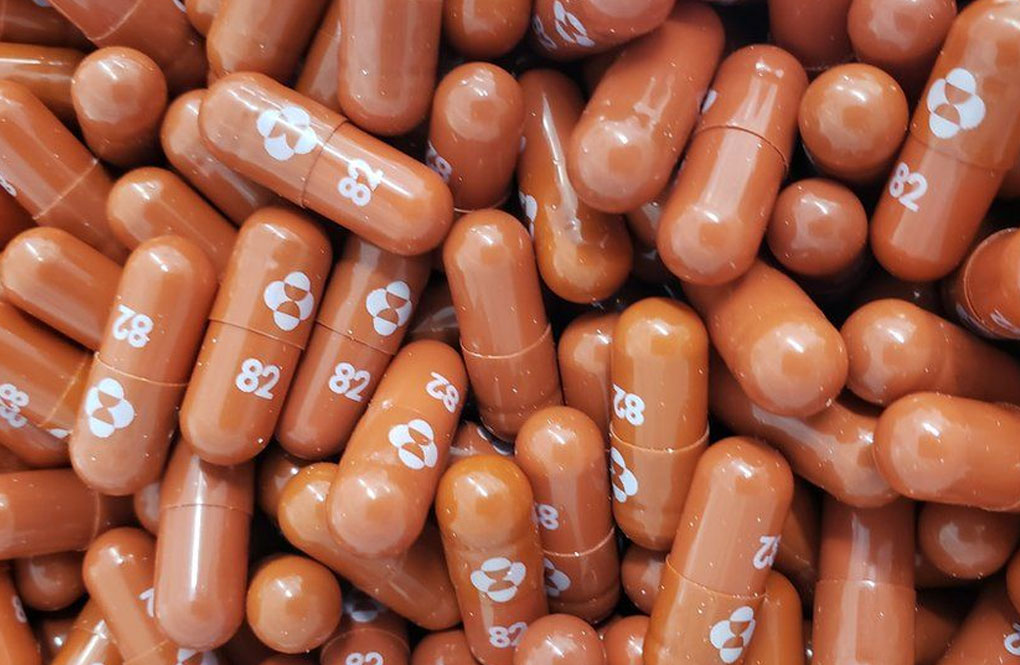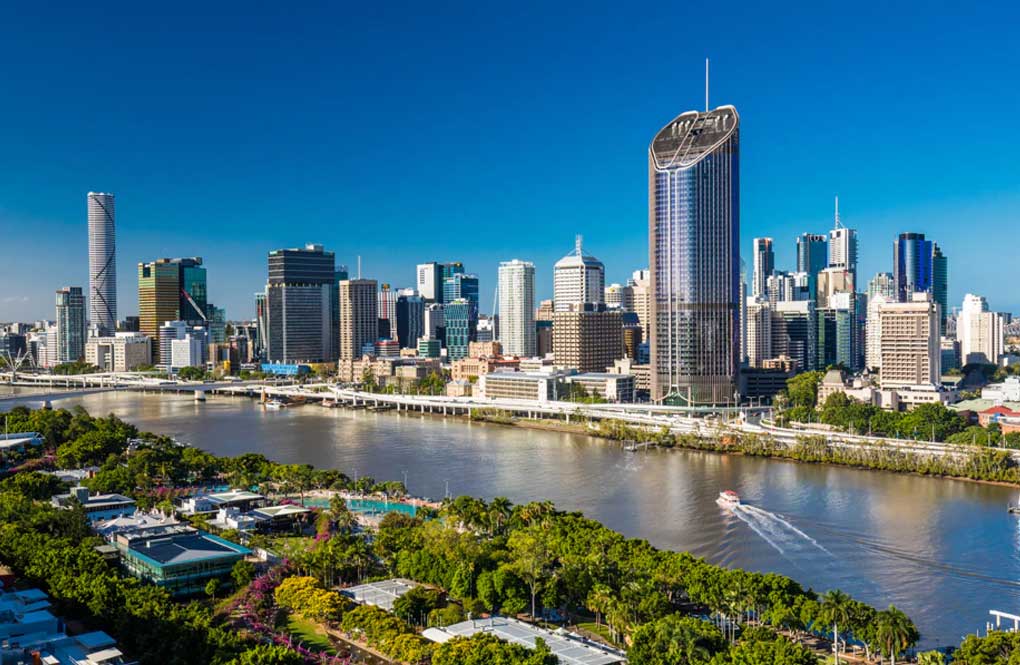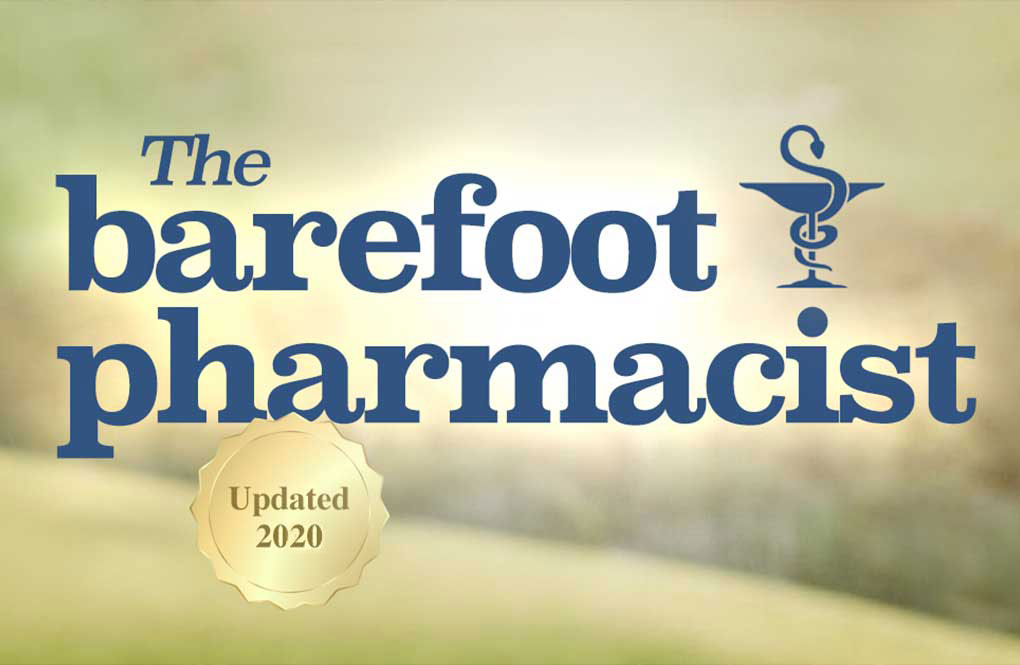Australia will need to maintain stay-at-home controls in areas with coronavirus outbreaks while double-dose vaccination coverage is between 70 and 80 per cent.
That’s the recommendation of updated Doherty Institute modelling which underpins a national reopening plan to cautiously exit major lockdowns.
While the initial advice provided to governments compared outbreaks seeded with 30 cases, it now takes into account scenarios with hundreds and thousands of cases.
The institute’s epidemiology director Jodie McVernon said conclusions about the 70 and 80 per cent vaccine goals remained robust under the updated model.
But “medium” public health safety measures should be retained during the transition between the targets in places like NSW and Victoria where cases are still rapidly increasing.
That includes staying at home except for essential purposes, retail and hospitality opening with density limits, working from home where possible and closed or graduated return to schools.
“Jurisdictions should look at the situation they’re in. They should look at how their infections are being controlled,” Professor McVernon told reporters.
“Those who are coming into the 70 per cent mark with thousands of infections should aim to keep case numbers as low as possible by continuing to suppress epidemic growth.”
The modellers also cited falling case numbers in hotspot areas of Sydney as proof vaccination is working.
“This is why we can begin to move forward because they’re giving us a way through and beyond this situation where we’ve had to go into lockdown with very low case numbers,” Professor McVernon said.
Mathematical biology professor James McCaw said states without the virus should pursue high vaccination rates.
“It eventually will establish itself but the higher the vaccine coverage the longer that will take and the less consequence once it gets there,” he said.
“It will spread more slowly, it will be more controllable.”
Professor McVernon said border closures had been extremely effective but the Delta strain provided a reality check about the limited power of lockdowns and harsh restrictions in the future.
Freya Shearer said behaviour had fluctuated based on weekly surveys, making it hard to give a definitive prediction about public health measure fatigue.
“We have seen evidence of waning of those behaviours in the past. We would expect we might see those signs again,” Dr Shearer said.
Australia has fully vaccinated 47 per cent of its population aged 16 and above, while 72 per cent have received a first dose.
Victoria recorded 567 new cases and another death on Monday.
NSW reported four deaths and 935 new local cases, the state’s lowest daily infection increase since late August.
There were seven new cases in the ACT, the first single-figure rise for almost a month.
(AAP)













